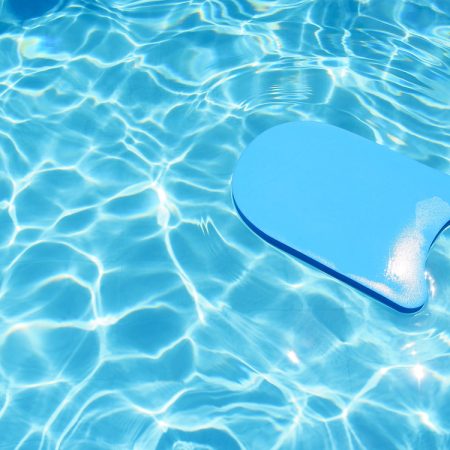Today we discuss the horror of kicking when swimming and how triathletes are cheating themselves if they don’t kick.
If there is one thing that strikes more fear in a triathlete than a partner finding that ‘real’ receipt for their last bike purchase, it is looking up at the whiteboard waiting for the coach to put the next piece of the plan on there……knowing full well it’s coming, ‘2×100 Kick’.
‘So, it is not important to be able to kick when we are going to have a wetsuit on to give us the buoyancy to swim streamlined?’ we hear you scream!
This is something I’ve heard countless times from both athletes and coaches alike. Well, I’m afraid I’ve got some bad news for you. Not only is kicking helpful its vital to a triathlete to create not only balance to their stroke and enable them to hold a good position in the water but also and this is the bit most people forget about. Drills! What’s the point in trying to complete a drill that requires you to re-enforce a good body position when the actual thing stopping you is the two appendages at the bottom of your body dragging you down by having a completely inefficient kick.

It’s a bit like trying to cycle with your jacket wide open or running with a parachute. It really winds me up when athletes and coaches say I’m a triathlete. I don’t need to kick, yet spend weeks, months or even years doing drills incorrectly due to an inability to kick.
It doesn’t need to be as focussed as pure swimmers kicking, but any improvement made will have a huge impact on the rest of the stroke, even if it is only from performing a drill correctly. Surely as a coach, it’s my job to help people improve? How do we do this? by focussing on our athlete’s weaknesses, not by ignoring them! Arguably pedal drills for cycling don’t do much for us. If an athlete has great strength and fitness, they could mash the pedals around all day and still keep on winning, yet we (most of us) still dedicate time to working on this weakness. Why not with kicking too? To help with getting used to kicking and to be able to complete some drills, it may be of benefit to using some fins to encourage flexible ankles and to help hold some speed when starting.
Your aim should be to build this up over several weeks to ensure that you aren’t fatiguing too quickly and re-enforcing poor technique. If you are new to triathlon or have not worked on your kick for a long time, I suggest starting with a 50m rep as 25m kick and 25m swim and then slowly progress this over your next sessions, building up the repetitions to around 300-400m overall then return to 50m reps but all kick and so on until you can kick well over 3-4x100m. This should not only give you a good basis for a kick but also a nice fitness benefit. Don’t forget kicking is hard, and this is down to the fact you are using some of the biggest muscles in the body, but this is a good thing as any improvements and hard work invested now will result in you being able to swim more efficiently in the future and therefore saving energy when it counts.
So. Get Up, Get Out, Get it done!
Take a look at what TCC has to offer and build your fitness with us